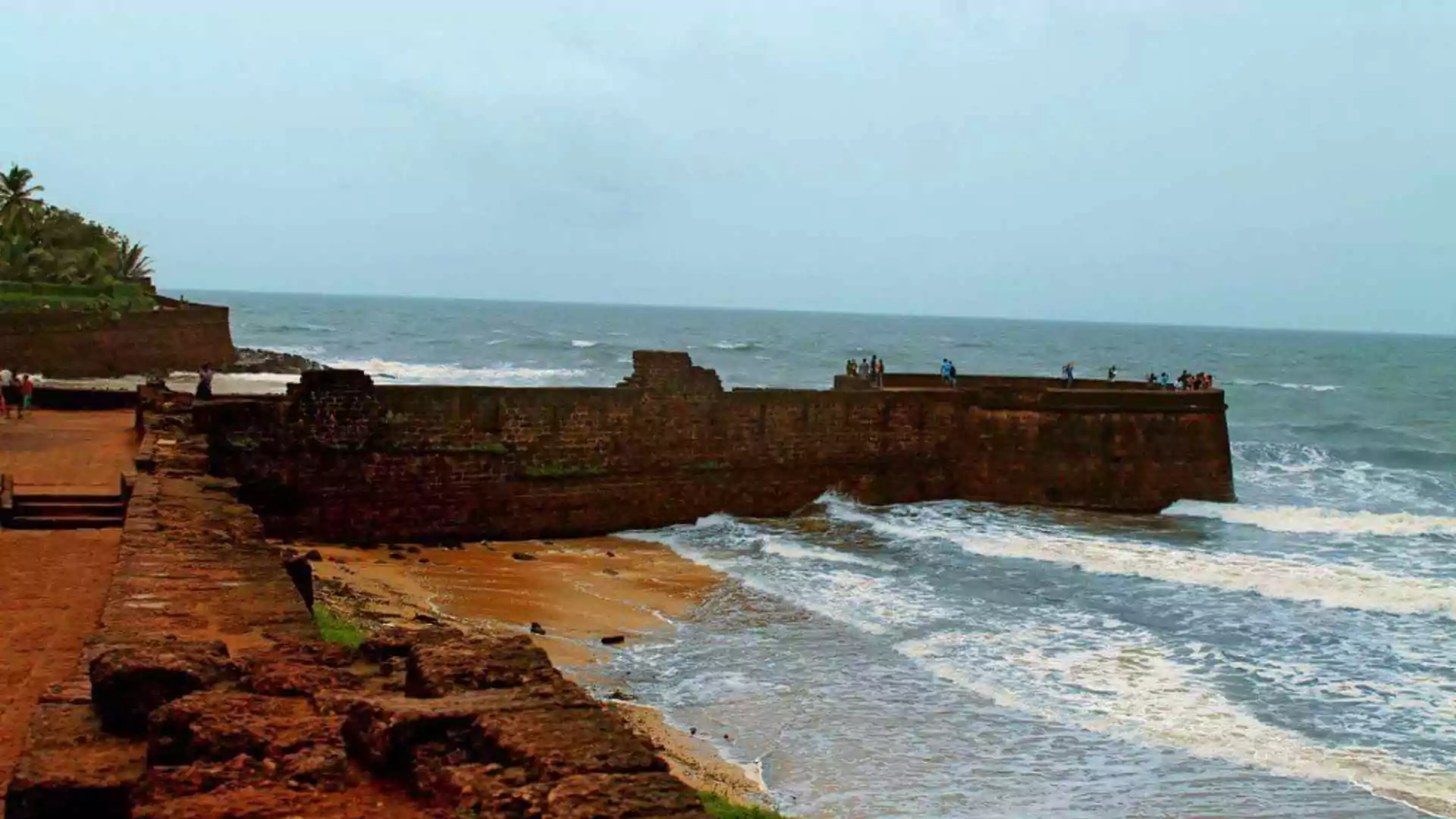The Lok Sabha Elections have always been a very important event in the democratic process of India. It is the world’s only largest exercise of the democracy which is conducted every five years across the entire nation in order to determine the composition of the Lok Sabha, that is, the lower house of the country’s parliament. The Lok Sabha holds a significant role in the Indian political framework as its members shape national policies, enact laws for the betterment of the country and its people and represent the diverse interests of the vast population that resides in the different regions of India. While the 2024 Lok Sabha Elections await their forthcoming Cabinet formation on 8th of June, amidst the unexpected turn of events, it becomes imperative to look at some of the previous successful cabinets that were led by great leaders and have marked their significance in the history of Indian politics. One such Cabinet was led by the Former Prime Minister of India, Atal Bihari Vajpayee in the year 1999.
The Indian political landscape, in 1999, had witnessed a significant event with the formation of the government that was led by Atal Bihari Vajpayee, the stalwart leader of the Bharatiya Janata Party (BJP). The era had marked the consolidation of a coalition that came to be called the National Democratic Alliance (NDA),and that went on to secure a stable majority, thereby allowing Vajpayee to lead the country with a robust mandate.
Election Results and Coalition Dynamics
The 1999 general elections were crucial, and the halfway mark to form a government had stood at 272 seats out of the full 543 seats in the Lok Sabha. The NDA, under Vajpayee’s leadership, had exceeded this mark. The party had secured a total of 299 seats with the Bharatiya Janata Party (BJP) contributing a substantial 182 seats to this tally. Other key allies had included the Telugu Desam Party (TDP) with 29 seats, the Janata Dal (United) [JD(U)] with 21 seats, and the Dravida Munnetra Kazhagam (DMK) with 12 seats. Smaller parties also played a critical role, with Shiv Sena winning 15 seats, the Biju Janata Dal (BJD) securing 10, and the Trinamool Congress (TMC) gaining 8 seats. Additional support came from the Arunachal Congress, Manipur State Congress, Shiromani Akali Dal (SAD), Pattali Makkal Katchi (PMK), Marumalarchi Dravida Munnetra Kazhagam (MDMK), and other smaller parties.
Distribution of Ministerial Positions in 1999
The distribution of ministerial positions within Vajpayee’s cabinet was a reflection of both the political weight of each party in the coalition and the need to maintain a balance of power among the allies. The BJP, being the largest party in the coalition, understandably had secured the highest number of ministerial positions. The total number of ministers from the BJP in Vajpayee’s cabinet was 55. This substantial representation allowed the BJP to maintain strong control over key ministries and ensure cohesive governance. The NDA allies were also given representation in the cabinet, although their numbers were significantly lower compared to the BJP. This inclusion was essential for maintaining the coalition’s stability and ensuring that the interests of various regional parties were adequately represented. The distribution among the allies included Shiv Sena which had 4 ministers, demonstrating its significant alliance with the BJP. The DMK, with its 4 ministers, and the BJD, with 3 ministers, also had notable representations. Smaller parties such as the SAD, the Samata Party, and the Lok Janshakti Party (LJP) each had 1 minister, showcasing the broad-based coalition that Vajpayee managed to form. Additionally, the TMC and the JD(U) had 2 and 1 ministers respectively, ensuring that various regional interests were represented in the cabinet.
Analysis of Cabinet Dynamics
The composition of Vajpayee’s cabinet underscores the importance of coalition politics in India, where diverse political parties come together to form a government. The BJP’s dominance within the cabinet is evident, but the inclusion of ministers from various NDA allies highlights Vajpayee’s strategy of inclusive governance. With 55 ministers, the BJP not only led the government but also controlled key ministries. This dominance allowed the party to implement its policies effectively while ensuring that the coalition’s agenda was upheld. The representation of allies, though smaller in number, played a crucial role in maintaining the coalition’s unity. Parties like Shiv Sena, DMK, and BJD, with multiple ministers, had a significant say in the government, ensuring that regional issues were addressed at the national level. The inclusion of smaller parties like SAD, Samta Party, and LJP, though with only one or two ministers each, was vital for the broader coalition’s stability.
Atal Bihari Vajpayee’s cabinet in 1999 was a carefully balanced assembly of ministers from the BJP and its NDA allies. The BJP had held the reins of the government, but the representation of other NDA members was crucial for maintaining the coalition’s integrity and ensuring a broad-based governance approach. This composition not only provided a stable government but also showcased Vajpayee’s ability to manage and lead a diverse political alliance effectively. The success of this coalition government set a precedent for future political collaborations in India’s complex and multifaceted political landscape.
Also read: Lok Sabha Elections 2024 Results | Meet the Youngest Members of Indian Parliament























